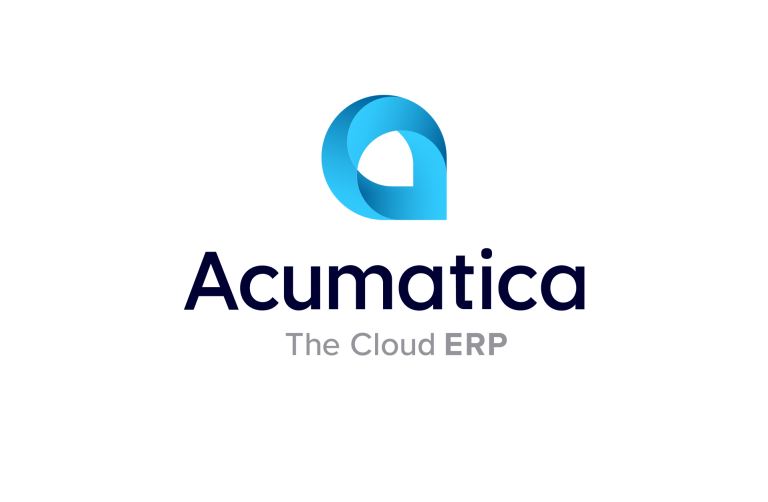When it comes to ERP projects, one of the fastest ways to go over budget and miss deadlines is to try to do everything at once. Many businesses want every possible feature, every report, and every integration ready on day one.
The reality? This approach almost always leads to scope creep, team burnout, and delayed go-lives.
That’s why at Simple Progress Consulting, we build every ERP project around the Pareto Principle, also known as the 80/20 rule. This approach focuses on the 20% of processes and features that deliver 80% of the business value. By prioritising what truly matters, we help our clients go live faster, with less stress, and see a faster return on investment.
What is the 80/20 Rule?
The 80/20 rule is a principle from economics and business that suggests that a small portion of causes often leads to the majority of effects. In practice:
- 20% of your products might generate 80% of your revenue.
- 20% of your customers might account for 80% of your profits.
- 20% of your processes might be responsible for 80% of operational delays.
In ERP terms, it means that a small number of processes and reports drive most of the value your business gets from the system.
Why the 80/20 Approach Works for ERP
ERP systems are vast and powerful — but that doesn’t mean you need to use every feature from day one. In fact, attempting to do so is one of the most common reasons ERP projects fail.
Here’s why the 80/20 approach is so effective:
- Faster Go-Live
By focusing on the most critical business processes, you can implement your ERP in a phased, controlled way. This means you can start benefiting from your investment sooner. - Better Change Management
ERP systems represent a big shift for your team. Rolling out the most important functionality first gives employees time to adapt before introducing more advanced features. - Reduced Risk
Fewer processes at go-live means fewer opportunities for errors, bottlenecks, or technical issues. You can address problems on a smaller scale before expanding. - Quicker ROI
When you go live with the features that deliver the most value, you start seeing measurable returns much sooner — which is great for cash flow and stakeholder confidence.
How to Identify the 20% That Matters
It’s one thing to agree with the concept, but another to apply it effectively. We work with our clients to:
- Map Core Processes: Identify the workflows that have the biggest impact on your efficiency and profitability.
- Prioritise High-Value Reports: Focus on the reports that decision-makers rely on daily.
- Limit Customisations: Only build custom features if they are essential to business operations or compliance.
- Defer Non-Critical Integrations: Avoid tying up time and budget on integrations that can be added later without disrupting operations.
The 80/20 approach isn’t about cutting corners — it’s about delivering ERP projects in a way that maximises value while minimising risk.
By focusing on the most impactful processes first, you build momentum, gain early wins, and set your business up for long-term ERP success.
If you’re considering an ERP project and want to explore how the 80/20 principle could work for you, we’d be happy to talk.



